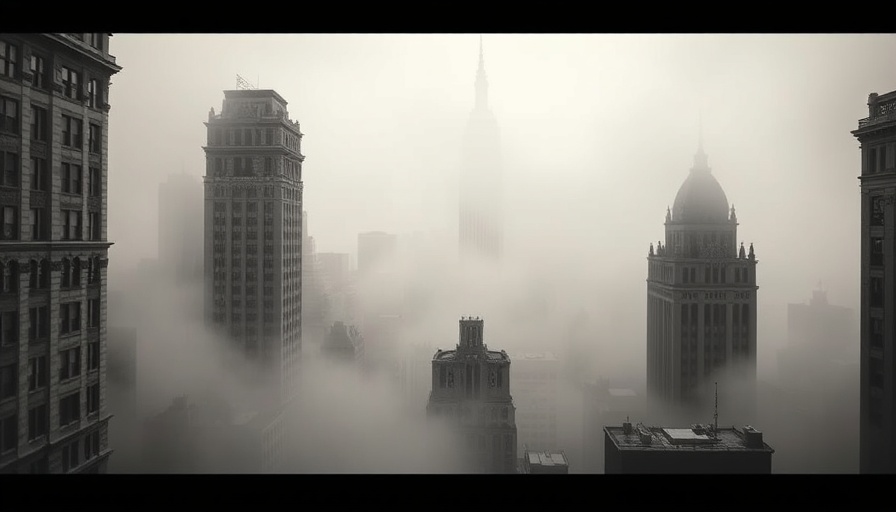
Discovering the Mystery of Paul J. Woolf's Photos
In the bustling metropolis of New York City, the skyline has often been captured through the lens of 20th-century photographers. Among these artists is Paul J. Woolf, whose evocative images from the 1930s capture the essence of Manhattan's towering structures shrouded in enchanting haze. His work provides viewers not only a glimpse into the architectural wonders of the Empire State and Chrysler Buildings but also a sense of the romantic intrigue of the era.
The Allure of Ambiguity and Mystery
Woolf's photographs, "New York Skyline Evening Haze" and "City Symphony," exemplify the beauty of a city immersed in shadows and light. Taken at different times of the day, these images convey a sense of dreaminess—each hinting at untold stories behind every building and alleyway. The thrilling ambiguity of these snapshots allows us to feel connected to a bygone era, inviting us to look deeper into the past.
From Photographs to Therapeutic Insights
Interestingly, Woolf balanced his artistic pursuits with a career in social work, serving as the director of the Family Service Association. This duality raises questions about the interplay between his roles—did his experiences with families in need shape his artistic perspective? Perhaps his ability to capture emotion in art resonates with the compassion he cultivated in his work outside photography.
Influence on Contemporary Perspectives
In today's rapidly changing landscape of visual media, Woolf’s elegant yet elusive compositions continue to inspire photographers and artists alike. They remind us of the enduring magic the city holds, even as it evolves. Artists and viewers alike can draw from his unique ability to present urban environments as more than mere structures but as living entities with stories waiting to be unearthed.
By examining Woolf's work, we can appreciate the deeper narratives that urban settings carry, emphasizing the importance of art in connecting us with our history.
 Add Row
Add Row  Add Element
Add Element 



Write A Comment